- Home
- Articles
- Architectural Portfolio
- Architectral Presentation
- Inspirational Stories
- Architecture News
- Visualization
- BIM Industry
- Facade Design
- Parametric Design
- Career
- Landscape Architecture
- Construction
- Artificial Intelligence
- Sketching
- Design Softwares
- Diagrams
- Writing
- Architectural Tips
- Sustainability
- Courses
- Concept
- Technology
- History & Heritage
- Future of Architecture
- Guides & How-To
- Art & Culture
- Projects
- Interior Design
- Competitions
- Jobs
- Store
- Tools
- More
- Home
- Articles
- Architectural Portfolio
- Architectral Presentation
- Inspirational Stories
- Architecture News
- Visualization
- BIM Industry
- Facade Design
- Parametric Design
- Career
- Landscape Architecture
- Construction
- Artificial Intelligence
- Sketching
- Design Softwares
- Diagrams
- Writing
- Architectural Tips
- Sustainability
- Courses
- Concept
- Technology
- History & Heritage
- Future of Architecture
- Guides & How-To
- Art & Culture
- Projects
- Interior Design
- Competitions
- Jobs
- Store
- Tools
- More
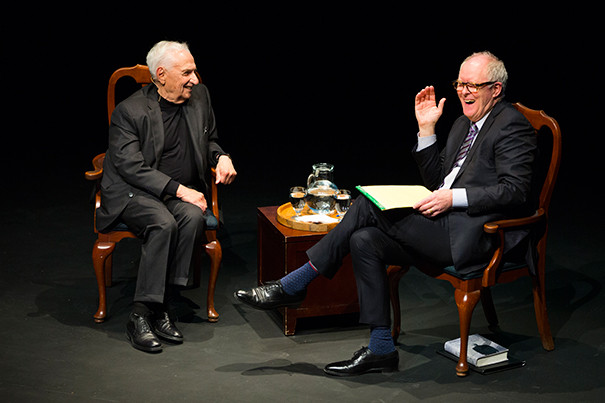
In recent decades, there is a question on the minds of whose are interested in art and design. Are the architects artists as well? If not, what are the differences between arcihtects and artists? Of course, there can not be certain answers for these but let us examine the ideas on this conflict together.
A few centuries ago, artists were architects, and architects were artists. For example, Michelangelo who was a painter and sculptor was also an architect or Giovanni Lorenzo Bernini designed palaces, churches, fountains and piazzas in 17th-century Rome while achieving prominence as a sculptor.

In modern times, with increasing specialization, the disciplines of art and architecture have parted company. Architects design buildings for clients with a brief in mind, whereas artists can give free rein to their ideas. But there remains among many architects a residual attachment to the idea of being an artist, or at least to the idea of architecture as a creative and imaginative discipline.

In addition, some people argue that ” Architecture is not just art, its a combination of art, science and common sense.”When we detailize this idea, we can realize that those who say this take architecture more serious than art and think that architects are both artist and scientist. Actually, of course arhitecture requires both artistic and scientific information and background but the question is : ”Is having detailed information about art and science and apply it on your projects makes an architect both an artist and a scientist enough?”

Architects have different opinions for this. Each architect has different style. Each architect gives more important to different aspects while designing their project. These aspects may be funcionality, construction details, sustainability, aesthetics, concept or etc. All arcihtects must give importance all of these aspects but always one or some of them is thought in more detailed way and given more importance by different architects. Therefore, each architect see himself/herself in different side of architecture. For example, “I realized I was much closer to [artists],” said Gehry. “They were very hands-on. They were making things. It was very direct, not a lot of talk, not a lot of rhetoric. … It was emotional. It was feeling.” An expressive hand is clearly behind the Pritzker Prize-winning architect’s extensive, creative body of work that includes the gleaming Guggenheim Museum in Bilbao, Spain, and the Walt Disney Concert Hall in Los Angeles. For many, his experimentation with unconventional materials and bold forms renders his buildings true works of art.



It has been accepted that artists have no necessary duty to support conventions of any sort. On the other hand, designers of all kinds (including, of course, architects) only create things that are useful and usable – whether they be a cathedral, an office building, a tractor or a vegetable peeler. Such things are actually “useless” if they are not functional, but this does not apply to works of art. Functionality is therefore the principled difference between art and design. Design is a value system in its own right and does not need to piggyback on art to prove its value. In fact, it could be maintained that architecture and town planning are ethically superior to art because of the magnitude and social relevance of the things they create. The dilemma of architects is that, wishing to distinguish their calling from that of designers of more humble items of use, they are – due to the lamentable state of current theory and terminology – forced to seek to bestow upon themselves the honorific “artist.” On the other hand, there are many architects who is far from artistic sense at all. Those ones have the mindset of engineers and solely focus on function. These people design buildings which, most of the time, do not sing. They satisfy functional requirements only.
To summerise, actually, architects should be aware that they are not engineers, they shouldn’t be. There are thounds of engineers in the earth, architects are not because they must have many concern besides science while designing their projects. They have also artistic sense and feed an artist inside of them, however they are architects which means the people who must have concern about funcionality, sustainability, science and etc. besides aesthetics while desinging their projects.


Submit your architectural projects
Follow these steps for submission your project. Submission FormLatest Posts
Best LED Shop Lights 2026: Brightest Options for Garage & Workshop
In 2026, LED shop lights have become essential for creating safe, efficient,...
Coloring Your Year: Using Traditional Lunar New Year Hues to Transform Your Apartment Décor
Lunar New Year always brings a burst of color and energy, making...
Chandelier Light vs Ceiling Lights: Which Decorative Lighting Works Best for UAE Homes in Winter?
Winter in the UAE doesn’t arrive loudly. It doesn’t announce itself with...
Marketing for Architects: How Firms Are Getting More Clients Without Chasing Leads
Architectural marketing has changed in important ways. Referrals and reputation still matter,...


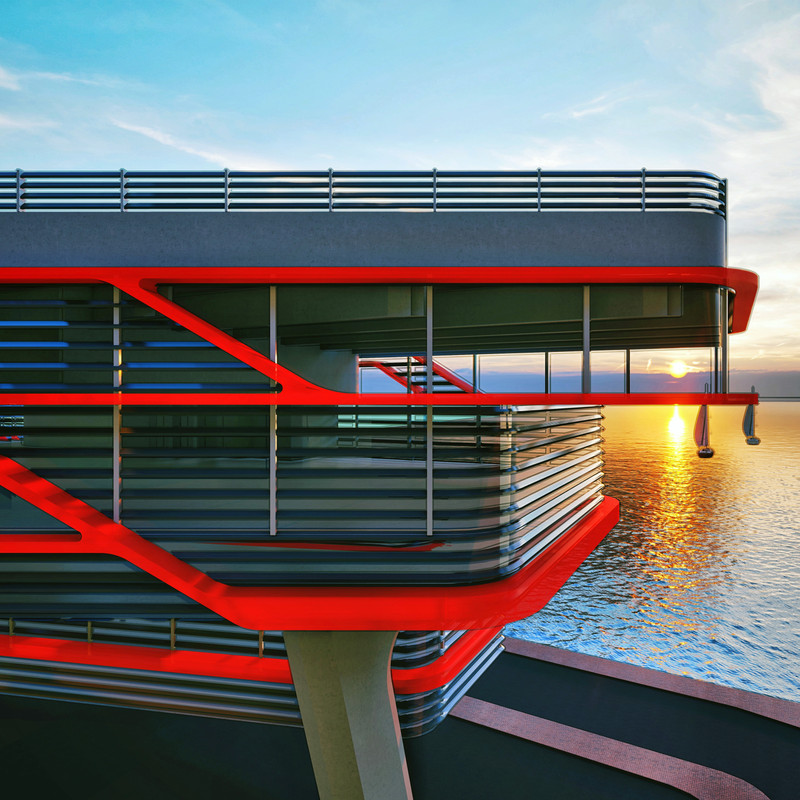

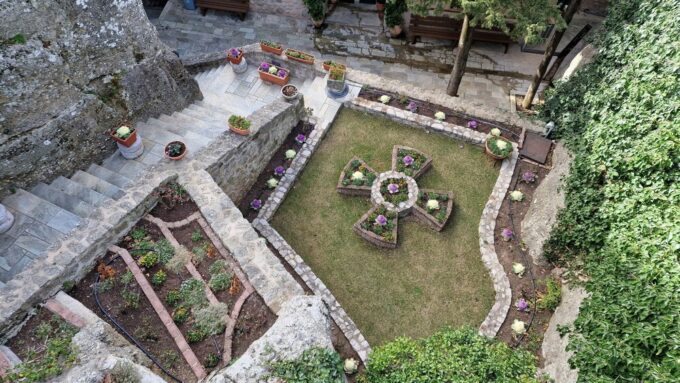
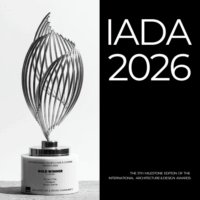
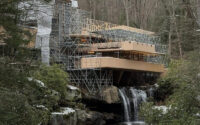


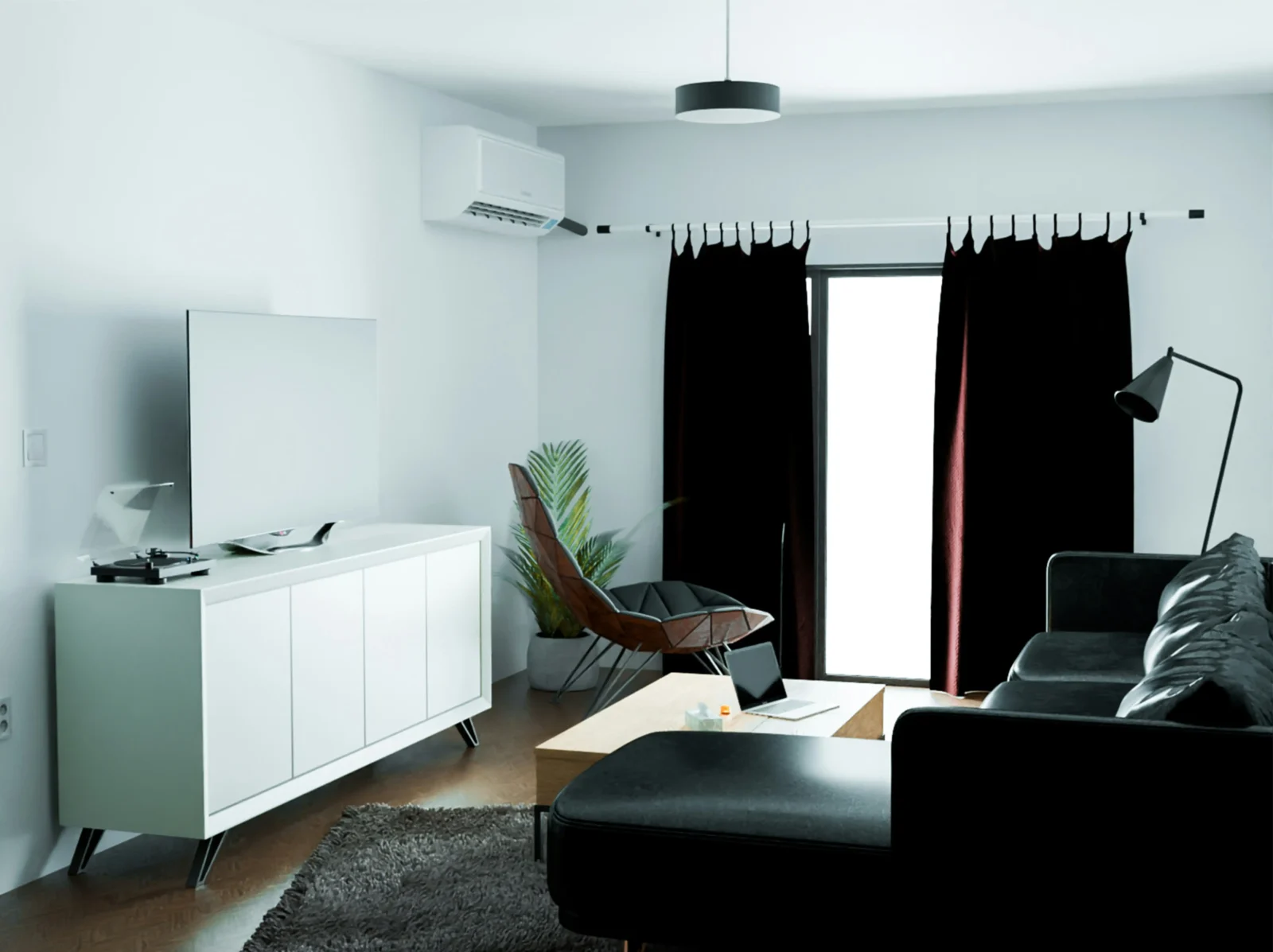


Leave a comment